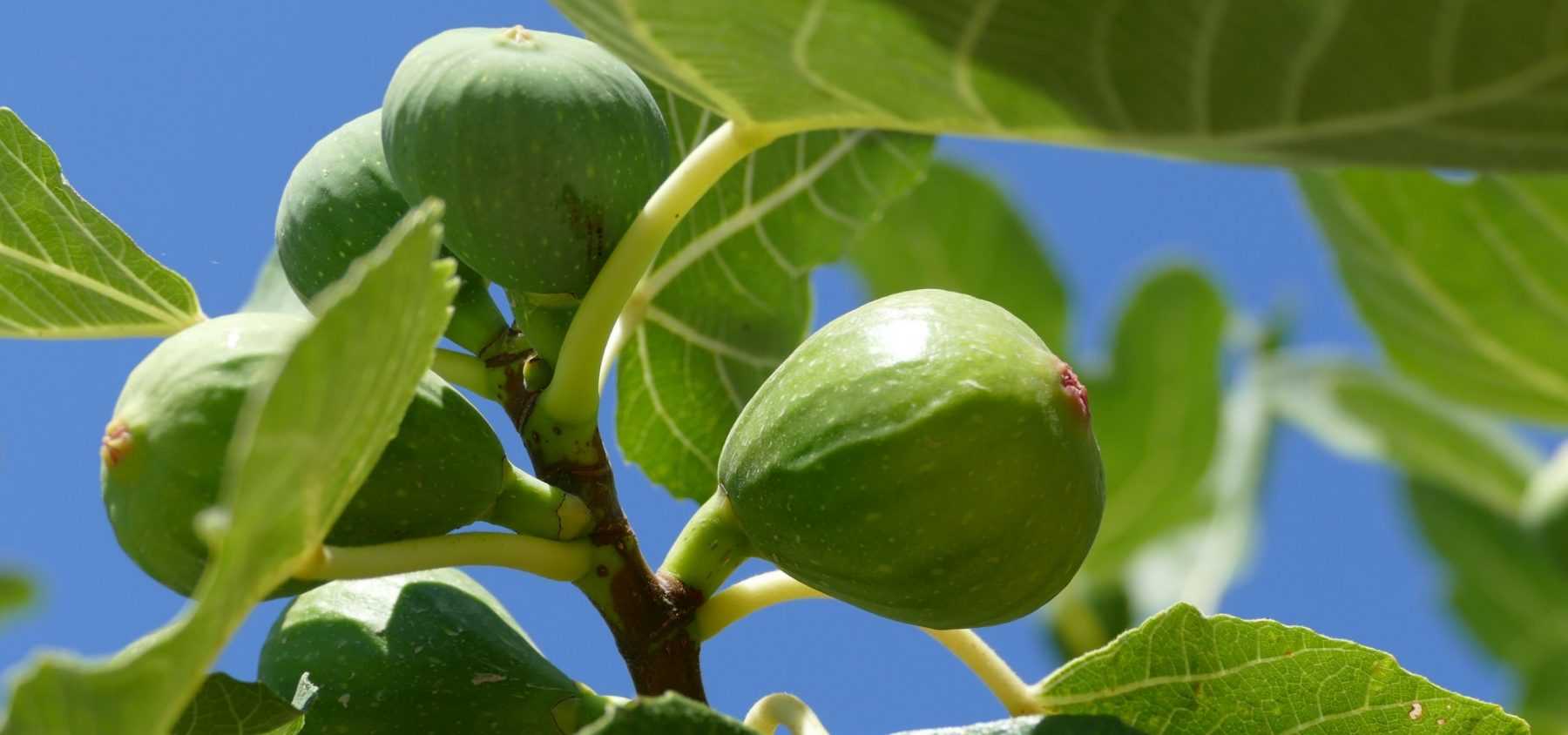
Fig Tree: Planting, Pruning and Care
Our tips for harvesting beautiful figs
Contents
The fig tree (Ficus carica) is a highly ornamental fruit tree that produces both delicious sweet fruits and beautiful foliage. By choosing the right variety, you can grow it almost anywhere. Here are our tips for planting, pruning and caring for it to enjoy a bountiful harvest of lovely figs!
Planting a fig tree: the best location
The fig tree requires, for good fruiting, a sunny and sheltered position from strong winds, particularly north of the Loire.
It adapts to a wide range of soil types, even poor, stony and dry, or even rocky soils. Its preference goes to deep, loose and calcareous soils.
You can plant it against a wall which will protect it from the cold during harsh winters, with a south or south-west exposure, while bearing in mind that its roots are powerful and running.
Also take into account its mature size when determining the planting distance. If space is limited, opt for varieties that can be grown in pots like ‘Ice Crystal’.
The varieties of cultivated fig trees are self-fertile and parthenocarpic. They produce fruit without fertilization. These varieties do not require the presence of other fig trees nor the intervention of the blastophaga, the fig tree’s sole pollinating insect, which is too sensitive to cold to survive in a cold climate.
Discover other Fig trees
View all →Available in 1 sizes
Available in 4 sizes
Available in 3 sizes
Available in 2 sizes
Available in 1 sizes
Available in 3 sizes
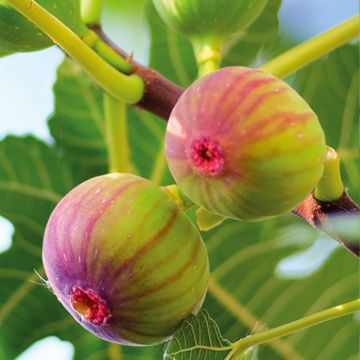
Available in 1 sizes
Available in 3 sizes
Available in 1 sizes
Available in 1 sizes
When and how to plant?
The fig tree should be planted from November until the end of March, avoiding frost periods. In colder regions, it’s preferable to plant early in spring.
When planting, place a layer of gravel at the bottom of the planting hole and add a mixture of garden soil and compost (or well-rotted manure).
Read also
How to plant a fruit tree?Pruning the fig tree
Pruning the fig tree is important. Its hollow wood heals with difficulty, so it’s preferable not to prune it too severely, especially in winter when it’s more fragile.
Favour pruning in early spring during the rising sap.
- In April, it’s recommended to pinch young shoots, meaning to cut off the tip with your fingernails. For well-established fig trees, use secateurs and cut above the 2nd eye on the year’s shoots.
- From September to November (December in southern regions), cut back the shoots that have fruited to improve next season’s fruiting and the coming harvest.
Apply pruning sealant such as clay to the pruning wounds.
Care requirements
During the first two years after planting the fig tree, you will need to ensure it doesn’t lack water, particularly during summer, as its root system, although capable of drawing it from deep within the soil, isn’t sufficiently developed yet.
The Fig tree is not very susceptible to diseases and pests. Applying a special organic fertiliser for fig trees will benefit its productivity.
To learn more about the fig tree
- Read our article: “Fig Tree: The Essential Varieties for Your Garden”
- Subscribe!
- Contents


































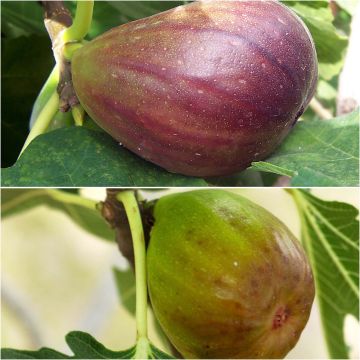
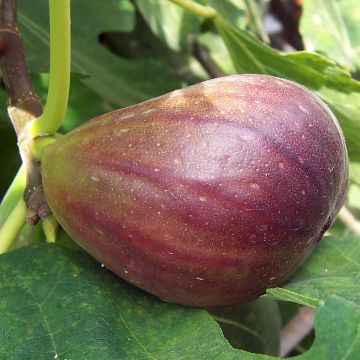
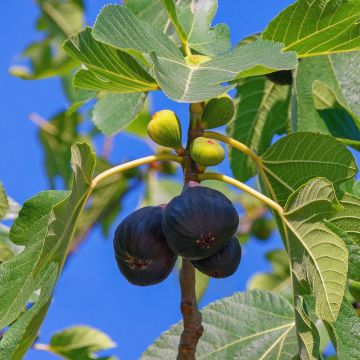

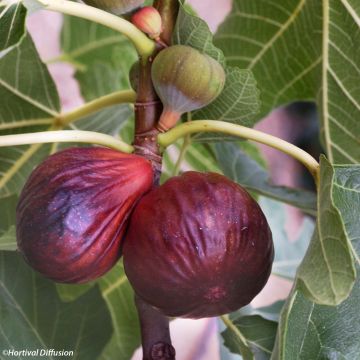
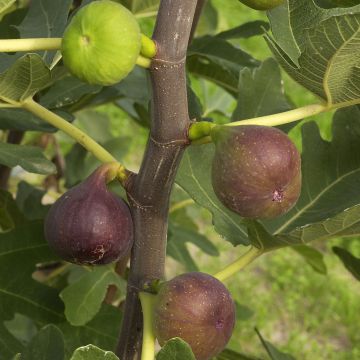
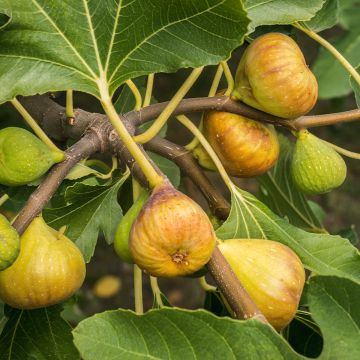
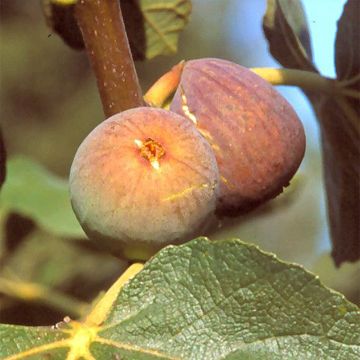
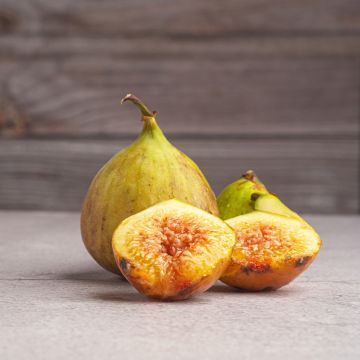
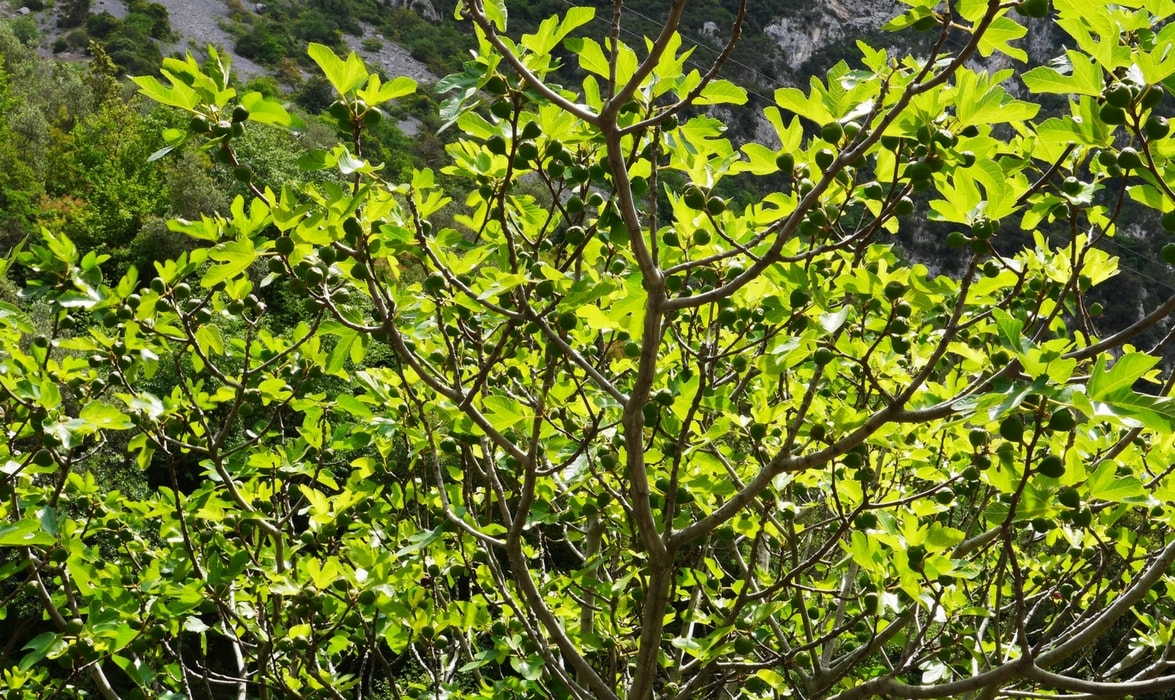
Comments